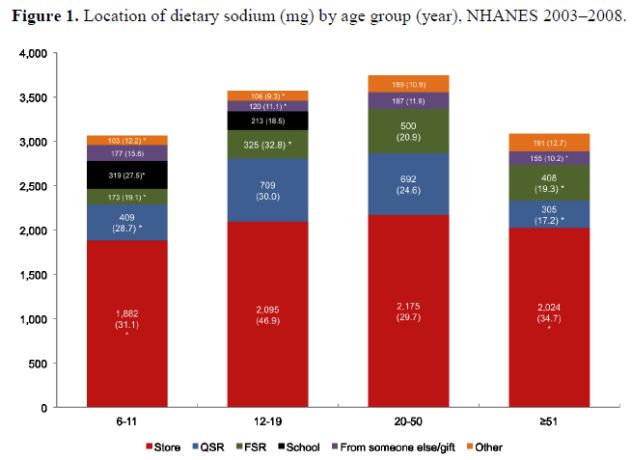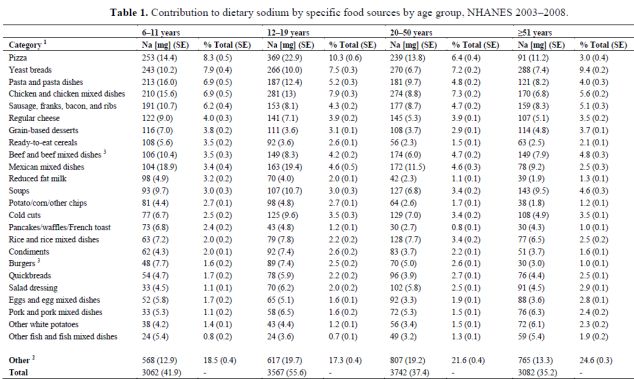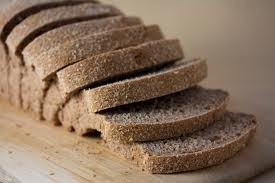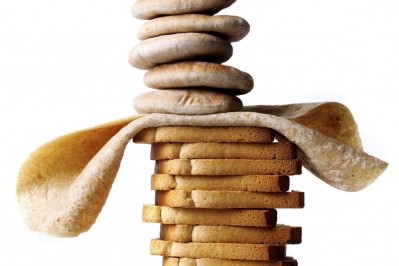Pizza: The biggest single contributor of sodium to the American diet?
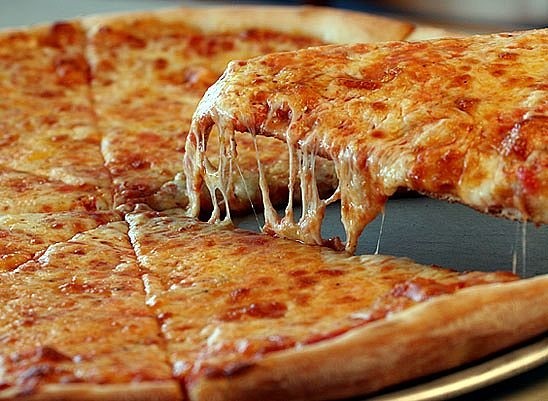
Sodium Intakes of US Children and Adults from Foods and Beverages by Location of Origin and by Specific Food Source’ published in the journal Nutrients, was penned by Dr Adam Drewnowski and Dr Colin D Rehm from the University of Washington, Seattle, and follows a paper from the same authors (click here) examining where Americans are getting their calories from*.
In 2003-8, pizza accounted for 10.3% of sodium intakes for 12-19 year olds
Comparing data from the two papers reveals that pizza contributed 7.5% of calories for 12-19 year olds, second only to soda/energy & sports drinks (at 8.2%), but was the biggest contributor of sodium, accounting for a hefty 10.3% of intakes, ahead of chicken & chicken mixed dishes (7.9%), yeast breads (7.5%), pasta & pasta dishes (5.2%), and Mexican mixed dishes (4.6%).
It was also the leading contributor of sodium for 6-11 year olds, accounting for 8.3% of intakes ahead of yeast breads (7.9%), pasta & pasta dishes (6.9%) and chicken & chicken mixed dishes (6.9%0.
For adults aged 20-50, at 6.4%, pizza was the third biggest single contributor of sodium behind chicken & chicken mixed dishes (7.3%) and yeast breads (7.2%).
The top sources of sodium in the diet are not necessarily the most sodium-rich foods
Another striking finding from the data is that once consumption frequency is taken into account, the top sources of sodium in the diet are “not necessarily the most sodium-rich foods”, noted the authors.
For example, because it is widely consumed by young children, reduced fat milk contributed more sodium to the diet of 6-11 year olds (3.2%) than soup (3%), cold cuts (2.5%) and burgers (1.6%), even though it is not a high sodium food per se.
Equally, some categories often targeted in sodium reduction strategies such as potato/corn/other chips (‘salty snacks’) are surprisingly low down the list of sodium contributors by food group, accounting for just 1.2% of sodium intakes in the over 50s, 1.7% in the 20-50 years age group, and 2.7% of intakes for 6-11 year olds and 12-19 year olds.
Mean sodium consumption per calorie ‘significantly greater’ for foods sold in restaurants vs stores

When it comes to store-bought packaged foods vs foods from other outlets, the data also shows that while foods bought from quick service restaurants account for 17.5% of calories consumed by 12-19 year olds, they account for 19.9% of sodium intakes.
A similar pattern emerges for full service restaurants, which account for 10.4% of calories for 20-50 year olds but 13.3% of their sodium intakes, suggesting that the packaged food sector for retail has made greater progress than the foodservice sector when it comes to reducing sodium.
“Mean sodium consumption per calorie consumed is significantly greater for foods and beverages obtained from restaurants vs. stores”, said the authors.
However, because the percentage of calories Americans get from eating out versus food bought from stores is lower than many people realize, the majority of sodium in the diet (58-65%) is still derived from store-bought foods, note the authors.
Adults, aged 20–50 years, were the group that obtained the highest proportion of dietary sodium (31.8%) from restaurants, both QSR and FSR, followed by the 12–19 year age group (29.0%).
Overall sodium intakes were well above government guidelines
Finally, the total levels of sodium consumed across all age groups in the 2003-2008 period were well above government guidelines, with those in the 6-11years age group consuming on average, 3,062mg/day, those aged 12-19 consuming 3,567mg, those aged 20-50 consuming a whopping 3,742mg and those 51 and over consuming 3,082mg.
Dr Drewnowski: I was surprised at how much sodium came from vegetables
Asked to comment on whether there were any surprises in the data, co-author Dr Adam Drewnowski - Professeur Associé, Université Pierre et Marie Curie - Paris VI Groupe Hospitalier Pitié-Salpêtrière - told FoodNavigator-USA:
“I was surprised at how much sodium came from vegetables. Of course, the contribution of bread has been mentioned before, but it is still surprising that foods that are not even viewed as 'salty' can still be major contributors of sodium to the diet.”
Asked how the research might influence the policy debate over sodium, he said: "The study should allow regulators and industry to focus efforts in areas where they can do most good.
"[For example] the UK Food Standards Agency came out with a proposal to halve the amount of sodium in Worcestershire sauce - [yet] analyses as ours show that Worcestershire sauce is not a danger to public health. There are other, better targets for sodium reduction that need to be identified."
Asked if we should be focusing on pizza in particular given its large contribution to overall intakes, he said: "Yes, if we are looking for targets that would certainly be one. I view the paper as a roadmap showing where efforts ought to be focused."
The research was supported by the National Restaurant Association.
* As all foods in the NHANES data set is now coded by location of purchase (eg. store, quick-service restaurant/pizza (QSR), full-service restaurant (FSR), school/workplace cafe, vending machine etc), and divided into food categories (eg. pizza, soup), it is possible to determine with greater precision where dietary components such as sodium are coming from.
Source: Nutrients published May 28, 2013, 5, 1840-1855; doi:10.3390/nu5061840
‘Sodium Intakes of US Children and Adults from Foods and Beverages by Location of Origin and by Specific Food Source’
Authors: Adam Drewnowski and Colin D Rehm
